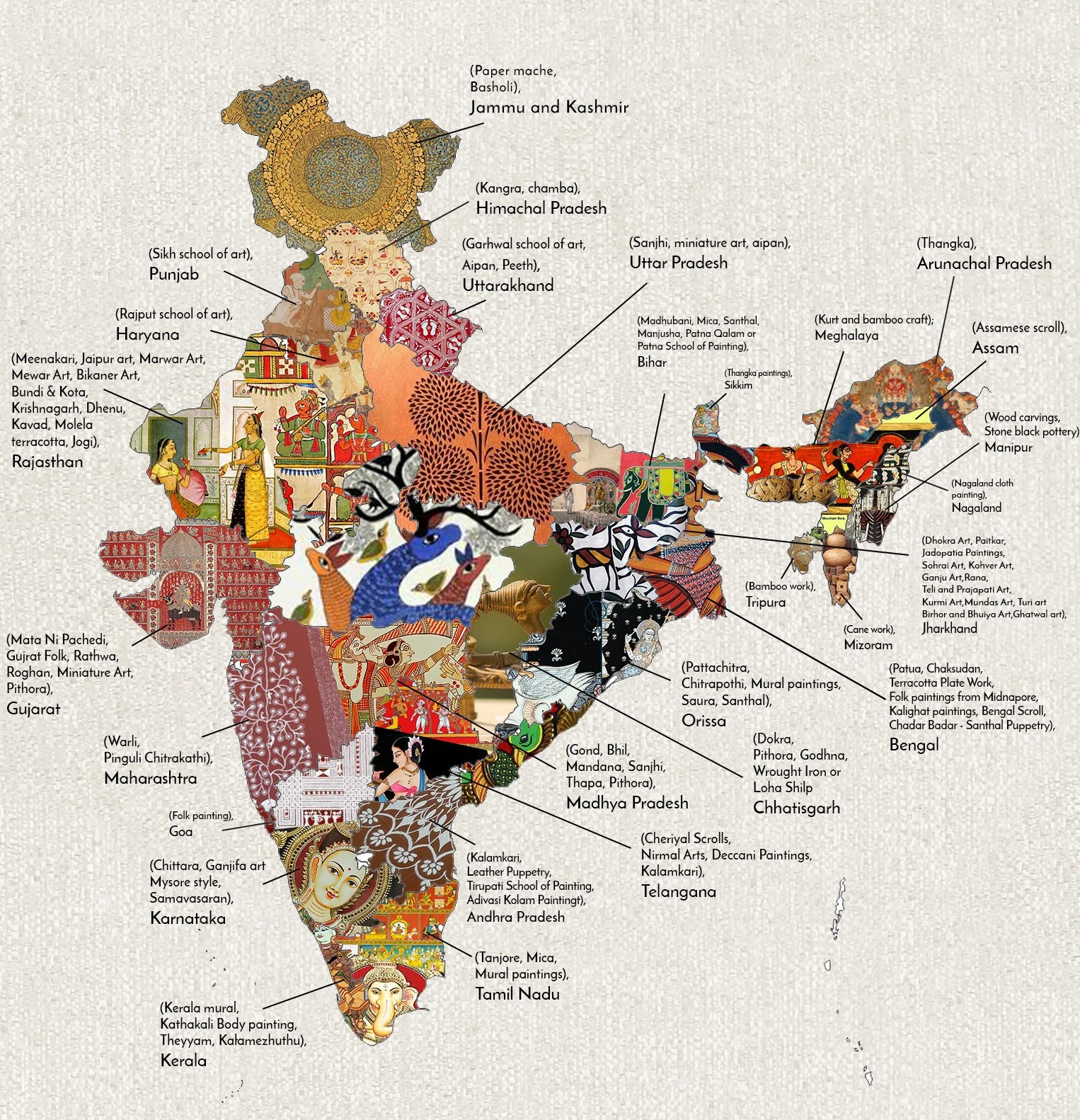INDIA


A Guide To Indian Cuisine Indian cuisine is meant to be eaten socially, in groups, until everyone is fully satisfied. You will be served all your courses at once on a plate of food called a thali. A thali is a large tray that is used to serve all the foods at once. Some foods are mild, sweet and some are spicy and hot. Most dinners are served later at night since many Indians eat several smaller meals during the day. The food ranges from very simple vegetarian fare to exotic dishes layered with texture and flavor. Great care is taken in the planning and preparation of meals no matter how simple or complex.
History of Indian Cuisine
Indian cuisine dates back over 5000 years. Each region has its own traditions, religions and culture that influence its food. Hindus tend to be vegetarian and Muslims tend to have meat dishes, although pork is forbidden. Indian food has been influenced by Mongolian, Persian and Chinese cuisine, among others. The common thread throughout the centuries remains the distinct mixing of spices that invariably give Indian cuisine its flavor and aroma.Ingredients
Indian ingredients are as varied as the Indian people and the available foods of each region. Masala means spice blend. Certain foods use certain spice blends. For instance, birlyani masala—cardamom, cinnamon, cloves and fennel—is used for birlyani, an oven-cooked dish of rice and a vegetable, seafood or meat. Chilies, mustard seeds, gram flour, coconut and yogurt are popular ingredients in all types of Indian cuisine. Ghee, a type of clarified butter, is used for cooking, and has a toasty taste. Saffron is used to flavor and color rice dishes. Over 5,000 years you learn to use what you have and be creative with it.